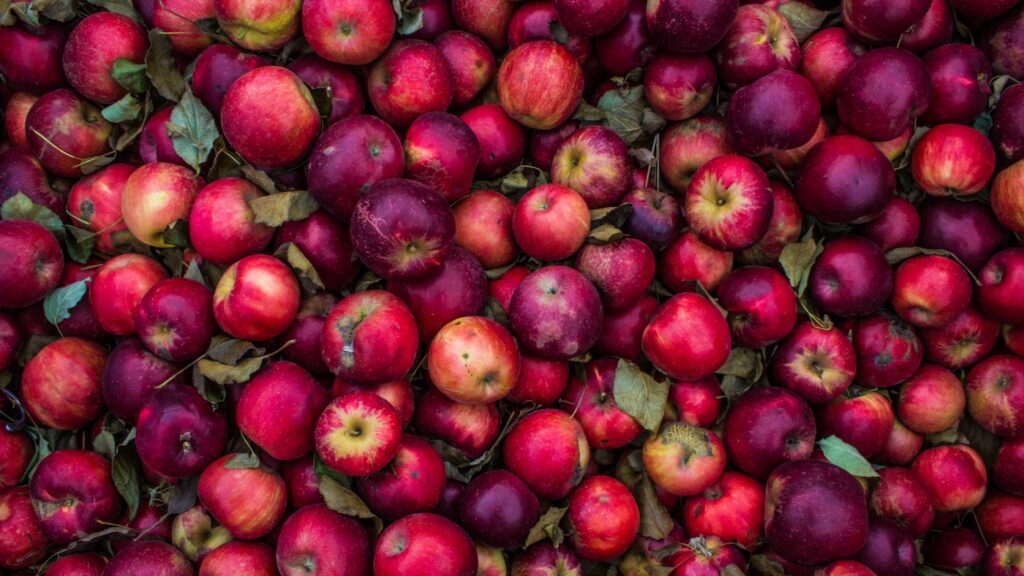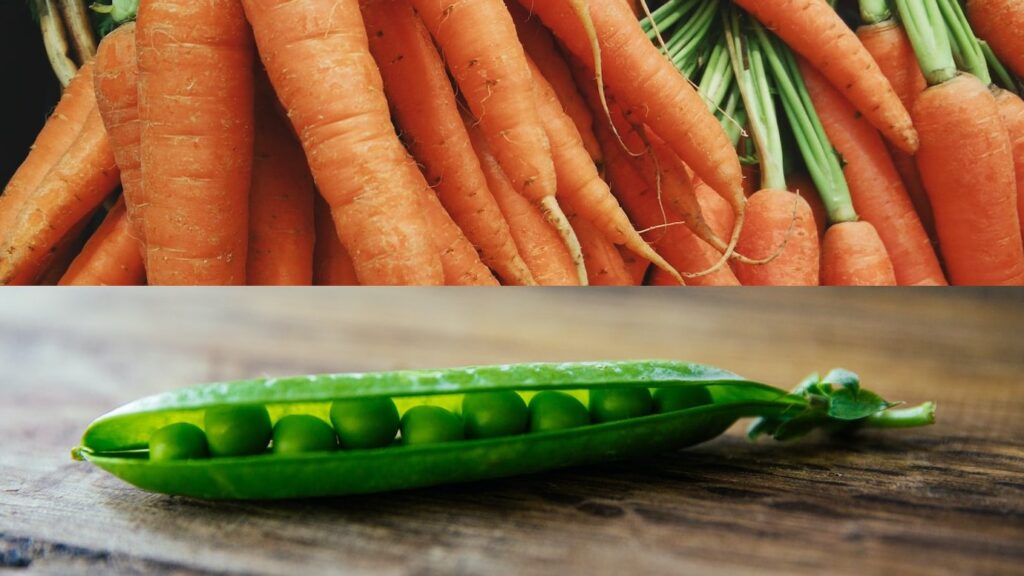Living Resource
Ani Phyo’s gourmet un-cookbook, Ani’s Raw Food Kitchen, is a huge departure from mainstream cookbooks. It is a chronicle of Ani’s journey to the living foods lifestyle she now embraces, and the story of how raw foods have transformed not only her body and health, but her whole approach to life. Describing her book, Ani writes, “You’ll discover that it has a lot to offer, from healthy lifestyle tips – such as going zero-waste, buying seasonal and local, and using natural cleansers and beauty products – to innovative, easy-to-prepare meals. Her anecdotes, reflections, revelations and recipes are framed by gorgeous photographs that make this a delightful read.
Welcome to Living Foods
Although this is a collection of gourmet raw food recipes, Ani doesn’t assume that her readers are raw food experts. She carefully introduces them to the basic concepts of the Living Foods diet and defines key terms. One of the most helpful sections of the book discusses how to stock the fridge and pantry and what cooking equipment to buy. The most expensive of these is a food dehydrator, but this is not necessary for most of her recipes. The potential nutritional benefits of raw foods are discussed in a clear, practical way. Simply put, she argues that “living food is the key to health and nutrition and, in turn, optimal performance”.

Living Green
Ani’s book is also an odyssey into a more sustainable lifestyle. “Much of the waste we create comes from the packaging of processed foods,” she notes, and “eating fresh ingredients helps to reduce the amount of waste we create”. Quite simply, there is no need to deal with plastic, paper and aluminium packaging when the food is all raw and organic. What little waste there is (i.e. fruit and vegetable peels and inedible seeds) is completely biodegradable and can be composted safely and easily.
Healthy People, Healthy Planet
Ani’s brilliant recipes rely on the highest quality ingredients to ensure optimal taste and nutritional benefits. She highly recomends shopping locally for organic produce. Not only does this support local farmers, but she points out that locally grown, organic food actually contains more vitamins and minerals than its conventionally grown counterparts. Moreover, organic, locally grown food cuts out the demand for pesticide use. She also urges consumers to start buying food seasonally, because “growing and raising seasonal food encourages traditional agricultural methods, biodiversity, and a better environment.”
Radiant Food
Food photography reaches glorious heights in this book and emphasizes Ani’s culinary skill. With recipes like Nirvana Hemp Muesli, Cashew Coconut Pudding, and Sun Burgers on Black Sesame Sunflower Bread with Sun-Dried Tomato Catsup, she definitely pushes the boundaries of raw food eating. Her recipes provide unique ways to prepare wholesome ingredients that everyone can enjoy. This book appeals to both the strict adherent to the living foods diet and to the individual interested in occasionally trying out a raw food dish or two. After all, she observes, “even though most of the people in my life don’t share my level of passion about healthy foods, they still understand the benefits of living foods and have incorporated many of my recipes into their daily routines.”












